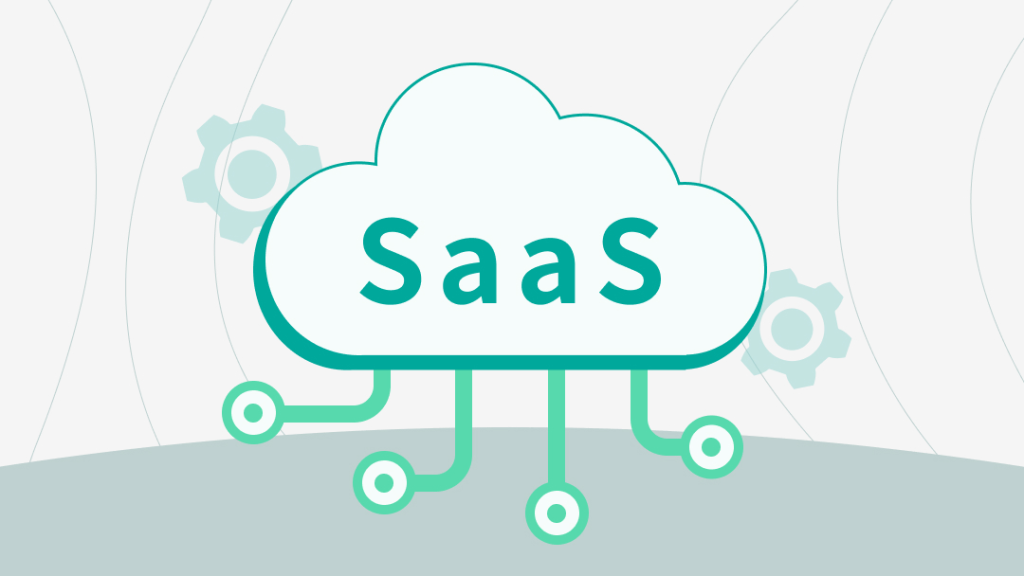
In the world of SaaS (Software as a Service), there’s a game-changer that can take your business to new heights – customer success. But what exactly is it and how does it work its magic? Let’s dig deeper to understand how it revolutionizes your SaaS business.
I. Defining Customer Success
1. The Concept
Customer success is all about making sure your customers achieve their goals and get the most value from your SaaS product. It’s not just about solving problems when they arise but proactively helping customers use the software effectively. For example, if you offer a project management SaaS tool, customer success means guiding customers on how to set up projects, assign tasks, and track progress in a way that boosts their team’s productivity.
2. The Focus
It focuses on building long-term relationships with customers. Instead of just looking at a one-time sale, it aims to keep customers happy and engaged over time. This could involve regularly checking in with them to see if they need any additional features or training, and making sure they continue to see the benefits of using your software.
II. Putting Customer Success an Emphasis for Your SaaS Business
1. Understanding Customer Needs
Start by really getting to know what your customers want and need from your SaaS product. Conduct surveys or have one-on-one conversations with them. For instance, if you find that many customers in the marketing industry are using your SaaS analytics tool mainly to track social media campaigns, you can focus on enhancing those specific features and providing better tutorials on how to use them for that purpose.

2. Providing Training and Resources
Offer comprehensive training sessions when customers first sign up. It could be in the form of video tutorials, webinars, or step-by-step guides. Also, create a knowledge base on your website where customers can easily find answers to common questions. This way, they can quickly learn how to use the software and start getting value from it right away.
3. Monitoring Customer Usage
Keep an eye on how customers are using your SaaS product. If you notice that a customer isn’t taking advantage of certain useful features, reach out to them and explain how those features can benefit them. For example, if a customer has a customer relationship management SaaS but isn’t using the automated emailing function, you can show them how it can save time and improve communication with their clients.
III. Challenges Companies Face Around Customer Success
1. Measuring Success
It can be tricky to figure out exactly how to measure customer success. Is it based on customer retention rates, how often they use certain features, or something else? Different SaaS businesses might have different metrics that matter most. For example, a SaaS company focused on e-commerce might consider the increase in online sales achieved by its customers using the software as a key measure, while a productivity SaaS might look at time saved by users.
2. Aligning with Other Departments
Customer success needs to work closely with other departments like sales and product development. Sometimes, there can be misalignment. For instance, the sales team might promise certain features to customers that the product team hasn’t fully developed yet. This can lead to dissatisfaction among customers. So, it’s important to have clear communication and coordination among these departments.
3. Keeping Up with Customer Growth
As your SaaS business grows and acquires more customers, it can be challenging to provide the same level of personalized customer success support to everyone. You need to find ways to scale your efforts without sacrificing quality. Maybe by using automated reminders and personalized email campaigns to stay in touch with a large number of customers.

Customer success is a powerful force that can truly revolutionize your SaaS business. By understanding what it is, making it a priority, and overcoming the associated challenges, you can build strong customer relationships, drive loyalty, and ultimately see your SaaS business thrive in the competitive market.



